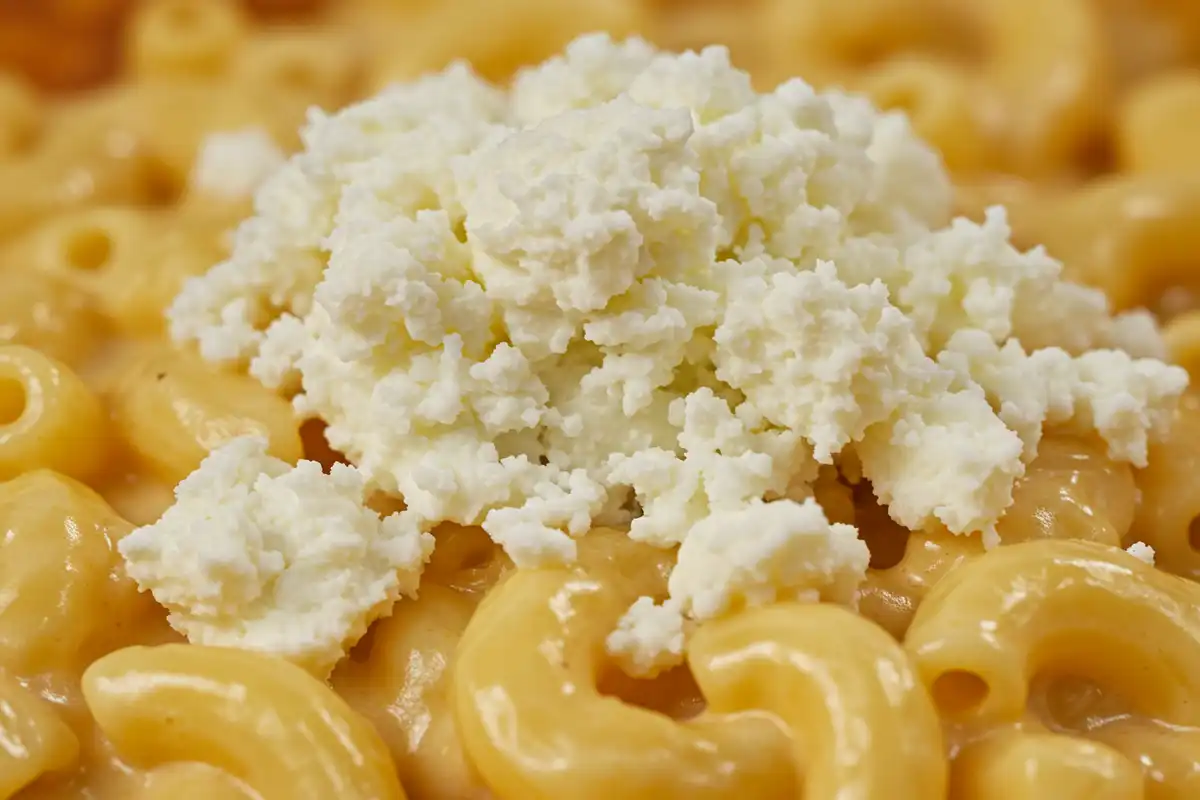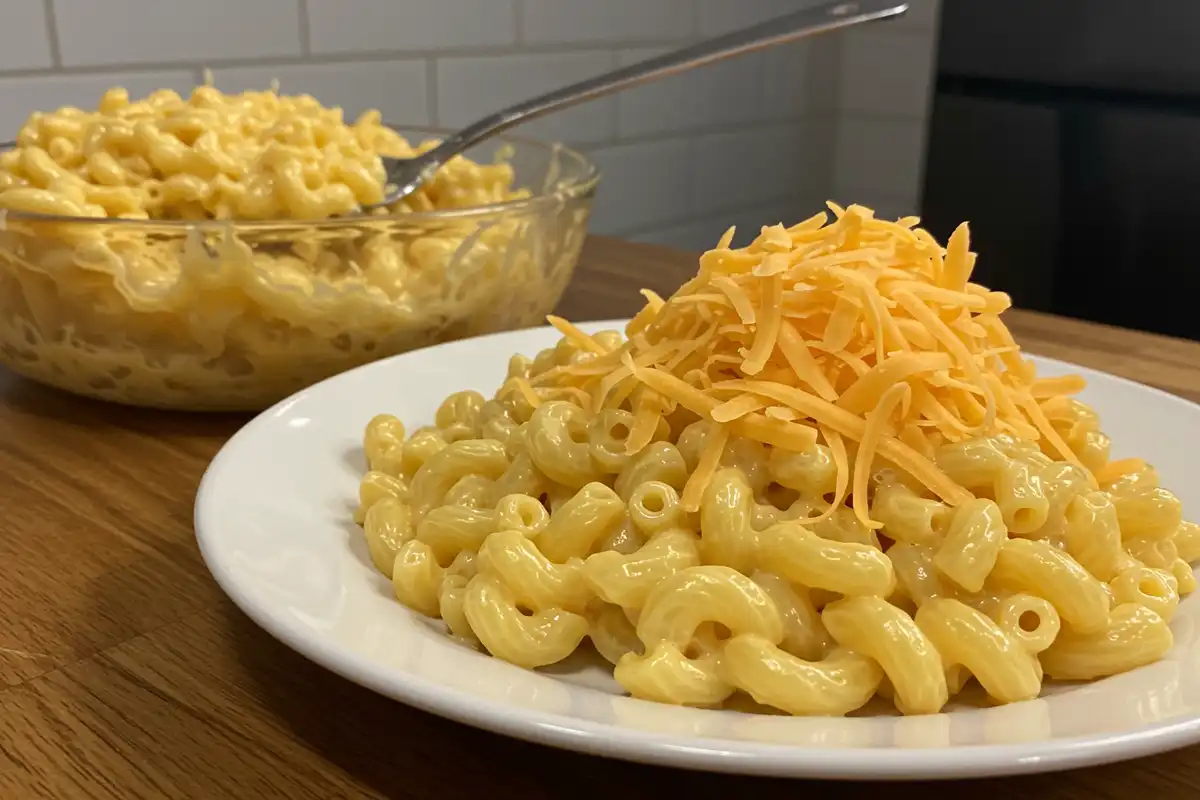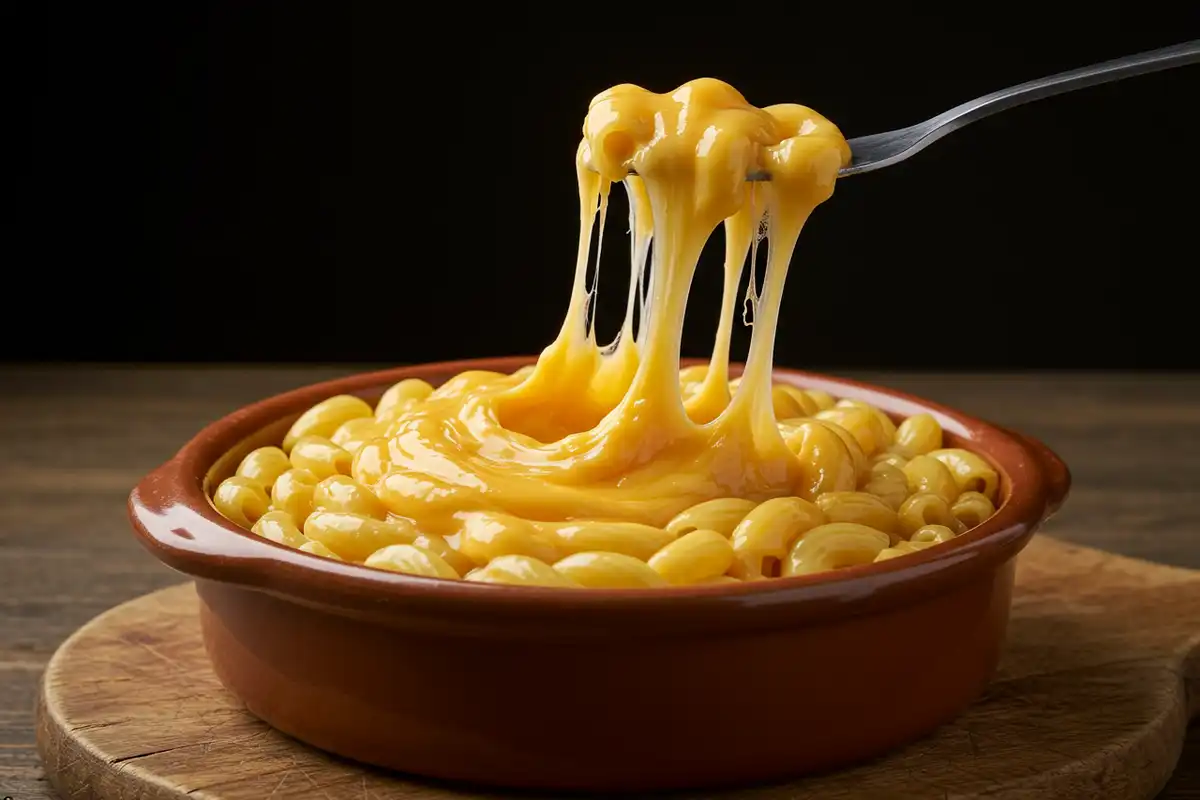We all dream of creamy, cheesy, perfect mac and cheese, right? But sometimes, that dream turns into a culinary nightmare: a grainy, oily mess that’s anything but delicious. And often, the culprit is the cheese itself. So, if you’re tired of mac & cheese disasters and wondering what cheeses are not to use for mac and cheese, you’re in the right place.
We’re about to explore the world of cheese dos and don’ts, revealing the cheeses that will sabotage your mac & cheese dreams and the ones that will help you achieve cheesy nirvana. Get ready to become a mac & cheese cheese expert!
The Cheese Factor: Why It Matters in Mac & Cheese
It’s probably obvious, but let’s state it plainly: cheese is everything in mac & cheese. It’s not just about flavor; it’s about texture, meltability, and overall deliciousness.
The right cheese can:
- Create a creamy, smooth sauce.
- Provide a rich, complex flavor.
- Melt evenly and seamlessly.
- Contribute to a satisfying texture.
Conversely, the wrong cheese can:
- Create a grainy, oily, or clumpy sauce.
- Have a flavor that clashes with the other ingredients.
- Melt poorly or not at all.
- Result in a disappointing texture.
That’s why knowing what cheeses are not to use for mac and cheese is just as important as knowing which cheeses to use.
The Mac & Cheese Hall of Shame: Cheeses to Avoid (or Use Sparingly)
Okay, let’s get to the blacklist! Here are the cheeses that you should generally avoid when making mac & cheese, or use only in very small quantities:
- Feta: This salty, crumbly cheese simply doesn’t melt well. It will remain in distinct crumbles and won’t contribute to a creamy sauce. A very small amount could add a salty tang if you like that, but proceed with extreme caution.
- Parmesan (in large quantities): A little grated Parmesan can add a salty, umami note to the cheese sauce. However, too much Parmesan can make the sauce grainy and dry. Use it sparingly, and always combine it with other melting cheeses.
- Ricotta: Similar to feta, ricotta doesn’t melt smoothly and can create a grainy texture. It’s better suited for baked pasta dishes like lasagna.
- Halloumi: This Cypriot cheese is known for its high melting point. It’s delicious grilled or fried, but it won’t melt properly in a mac & cheese sauce.
- “Processed Cheese Products” (American Cheese, Velveeta in excess): While a small amount of these can contribute to a smooth, almost plastic-like texture (which some people enjoy), they often lack real cheese flavor and can be overly salty. In addition, using too much processed cheese will remove the ability to taste any real cheese that might be in there. They really don’t provide “cheese flavor”. Relying heavily on these also makes your dish less healthy overall.
- Aged Cheeses (in excess): While aged cheeses like extra-sharp cheddar or aged Gouda have fantastic flavor, they can sometimes be difficult to melt smoothly. Use them sparingly, and always combine them with other melting cheeses.
Why These Cheeses Don’t Work: The Science of Cheese
So, what’s the deal with these problematic cheeses? It all comes down to their chemical composition.
- Moisture Content: Cheeses with low moisture content (like Parmesan and aged cheeses) tend to melt poorly and can become grainy.
- Fat Content: Cheeses with low fat content (like feta and ricotta) also tend to melt poorly and can separate.
- Acid Content: Cheeses with high acid content can curdle when heated, resulting in a grainy texture.
Understanding why some cheeses don’t work in mac and cheese comes down to their chemical composition. For a deeper dive into the science of melting cheese, check out Masterclass.’ Guide to How to Melty Cheese .
The Mac & Cheese Honor Roll: Cheeses That Shine
Now that we’ve covered the “don’ts,” let’s talk about the “dos”! Here are some of the best cheeses for making mac & cheese:
- Sharp Cheddar: A classic choice for its bold, tangy flavor.
- Gruyere: Adds a nutty, slightly sweet flavor and melts beautifully.
- Monterey Jack: A mild, creamy cheese that melts smoothly.
- Fontina: A semi-soft Italian cheese with a nutty, buttery flavor.
- Gouda: A semi-hard Dutch cheese with a sweet, caramel-like flavor.
- Havarti: A semi-soft Danish cheese with a mild, buttery flavor.
- Mozzarella: Adds a gooeyness.
Combining these in some sort of blend is generally a good strategy.
Why These Cheeses Work: Meltability Matters
The cheeses on the “honor roll” have a few key characteristics in common:
- High Moisture Content: They have a high moisture content, which helps them to melt smoothly.
- Moderate Fat Content: They have a moderate fat content, which contributes to a creamy texture.
- Relatively Low Acid Content: They have a relatively low acid content, which prevents them from curdling when heated.
These qualities make them ideal for creating a smooth, creamy, and delicious mac & cheese sauce.
Beyond the Cheese: Other Factors for Success
While choosing the right cheese is crucial, it’s not the only factor that determines the success of your mac & cheese.
Here are a few other things to consider:
- The Roux: A properly made roux (butter and flour) is the foundation of a smooth cheese sauce.
- The Milk: Use whole milk or 2% milk for the creamiest sauce.
- The Technique: Melt the cheese slowly over low heat, stirring constantly.
- The Seasoning: Don’t forget to season the sauce with salt, pepper, and other spices.
- Freshly Grated Pre-shredded cheese is often coated with cellulose to prevent clumping and doesn’t melt as smoothly.
By paying attention to all of these details, you can create a mac & cheese that’s truly unforgettable.
Tips for Rescuing a Grainy Sauce
Even if you choose the “right” cheeses, a grainy sauce can still happen. Here are a few tips for rescuing a grainy mac & cheese sauce:
- Add More Liquid: Try adding a little more milk or cream to the sauce.
- Use an Immersion Blender: Gently blend the sauce with an immersion blender to smooth out any lumps. Be careful not to over-blend, as this can make the sauce gummy.
- Add a Stabilizer: A small amount of cornstarch or cream cheese can help to stabilize the sauce and prevent it from separating.
With a little bit of TLC, you can often salvage a grainy mac & cheese sauce and turn it into something delicious.
FAQ: Your Cheesy Mac & Cheese Questions Answered
<!– wp:rank-math/faq-block {"questions":[{"id":"faq-question-1739242543375","title":"What cheeses are not good for mac and cheese?“,”content”:”Cheeses that are generally not good for mac and cheese include feta, Parmesan (in large quantities), ricotta, halloumi, and excessive amounts of processed cheese products.”,”visible”:true},{“id”:”faq-question-1739242591808″,”title”:”What are the three best cheeses for mac and cheese?“,”content”:”The three best cheeses for mac and cheese are often considered to be sharp cheddar, Gruyere, and Monterey Jack, as they provide a balance of flavor and meltability.”,”visible”:true},{“id”:”faq-question-1739242600609″,”title”:”Why can’t I use shredded cheese for mac and cheese?“,”content”:”Pre-shredded cheese is often coated with cellulose to prevent clumping, which can inhibit smooth melting. However, you can use shredded cheese if you toss it with a little bit of cornstarch before adding it to the sauce.”,”visible”:true},{“id”:”faq-question-1739242608381″,”title”:”Can you use any cheese for macaroni cheese?“,”content”:”While you can technically use any cheese for macaroni cheese, some cheeses will work better than others. Choose cheeses that melt smoothly and have a flavor that you enjoy.”,”visible”:true}]} –>What cheeses are not good for mac and cheese?
What are the three best cheeses for mac and cheese?
Why can’t I use shredded cheese for mac and cheese?
Can you use any cheese for macaroni cheese?
The Last Bite: Cheese Wisely for Mac & Cheese Success
So, what cheeses are not to use for mac and cheese? Now you know! By avoiding the problematic cheeses and choosing cheeses that melt smoothly and have great flavor, you’ll be well on your way to creating a mac & cheese masterpiece.
Ready to put your cheese expertise into practice? Try applying these tips to Tini’s Mac and Cheese Recipe for a deliciously creamy and flavorful dish.
Now go forth, choose your cheeses wisely, and enjoy the creamy, cheesy goodness!




Leave a Reply